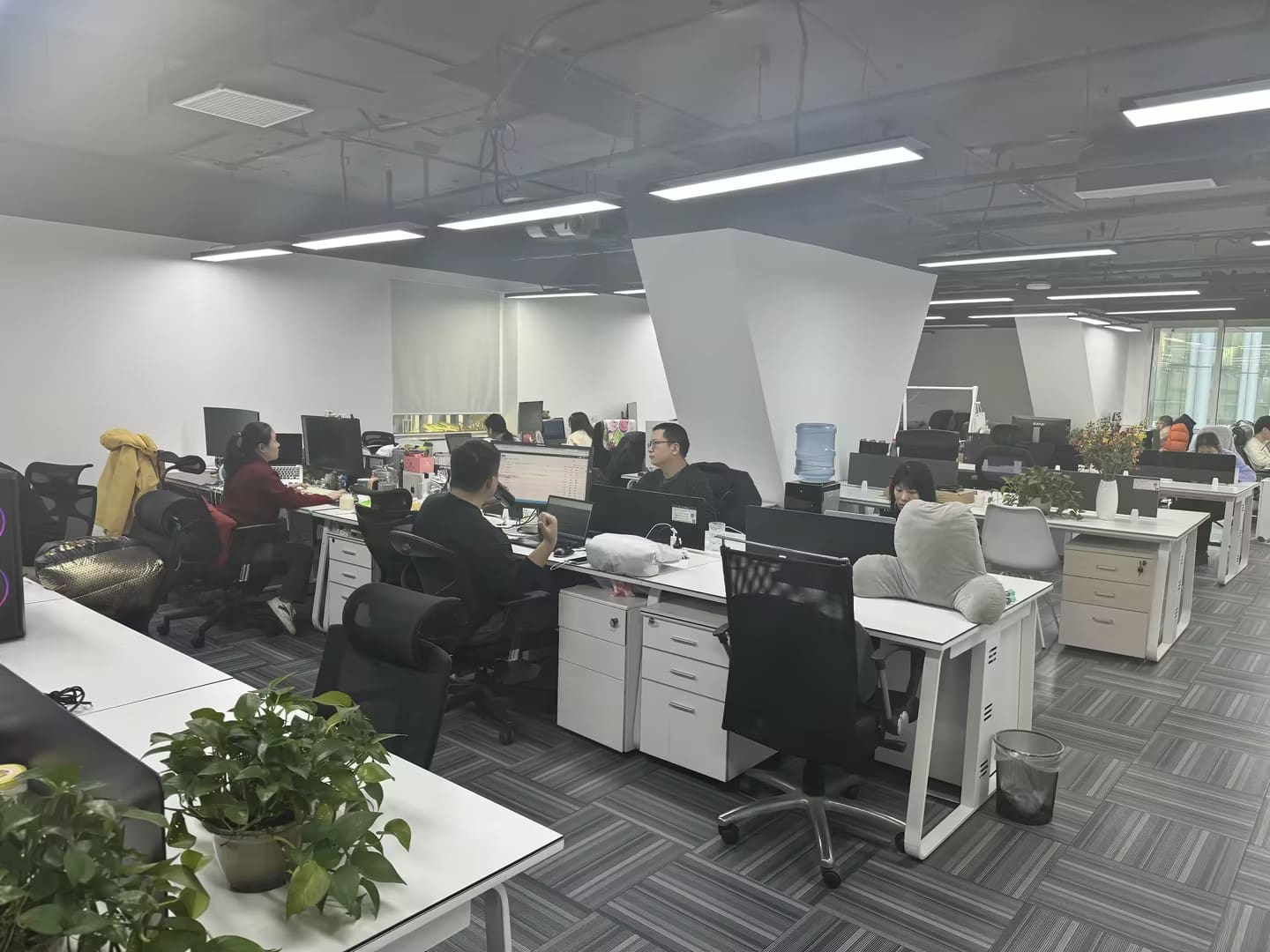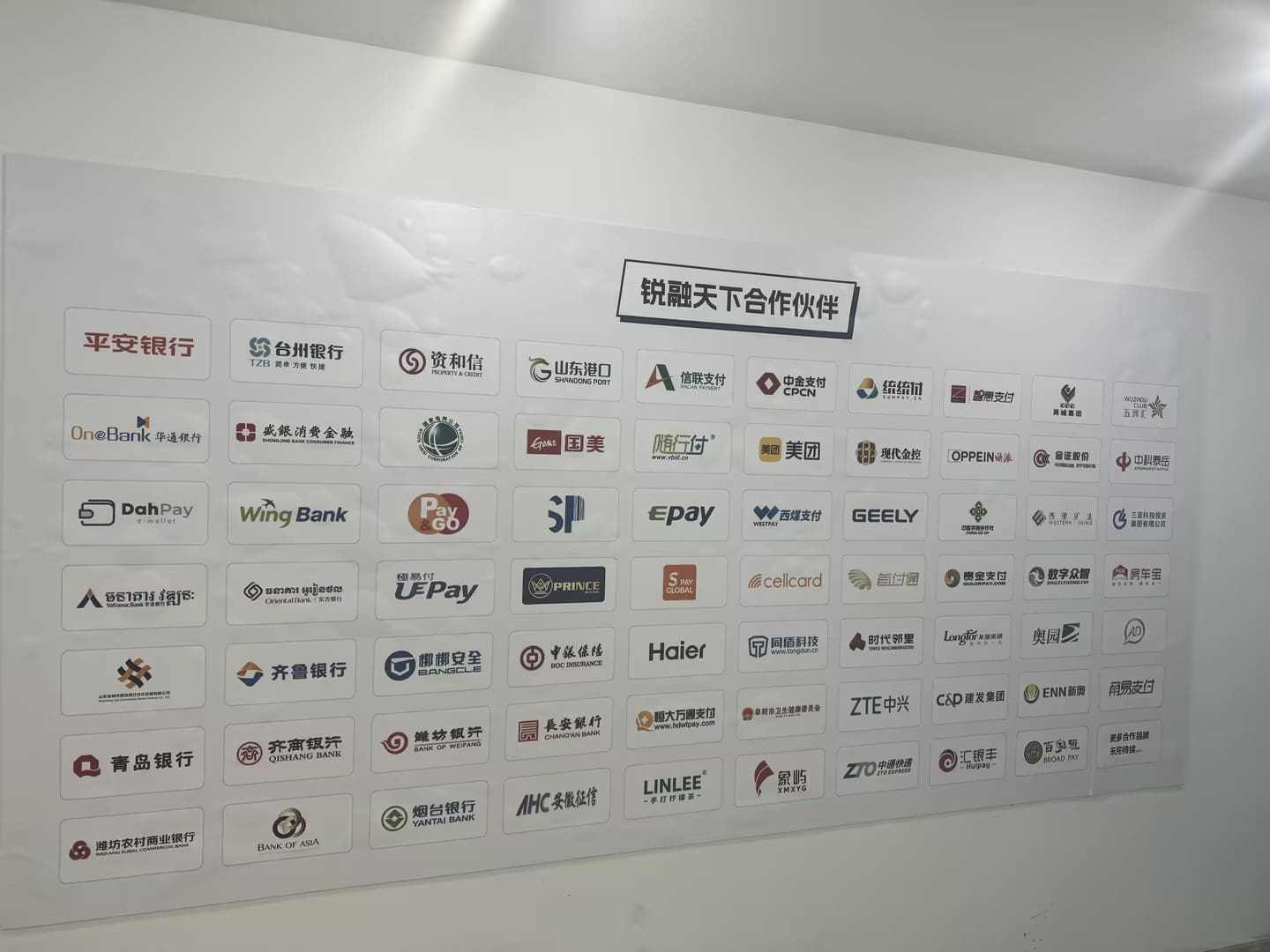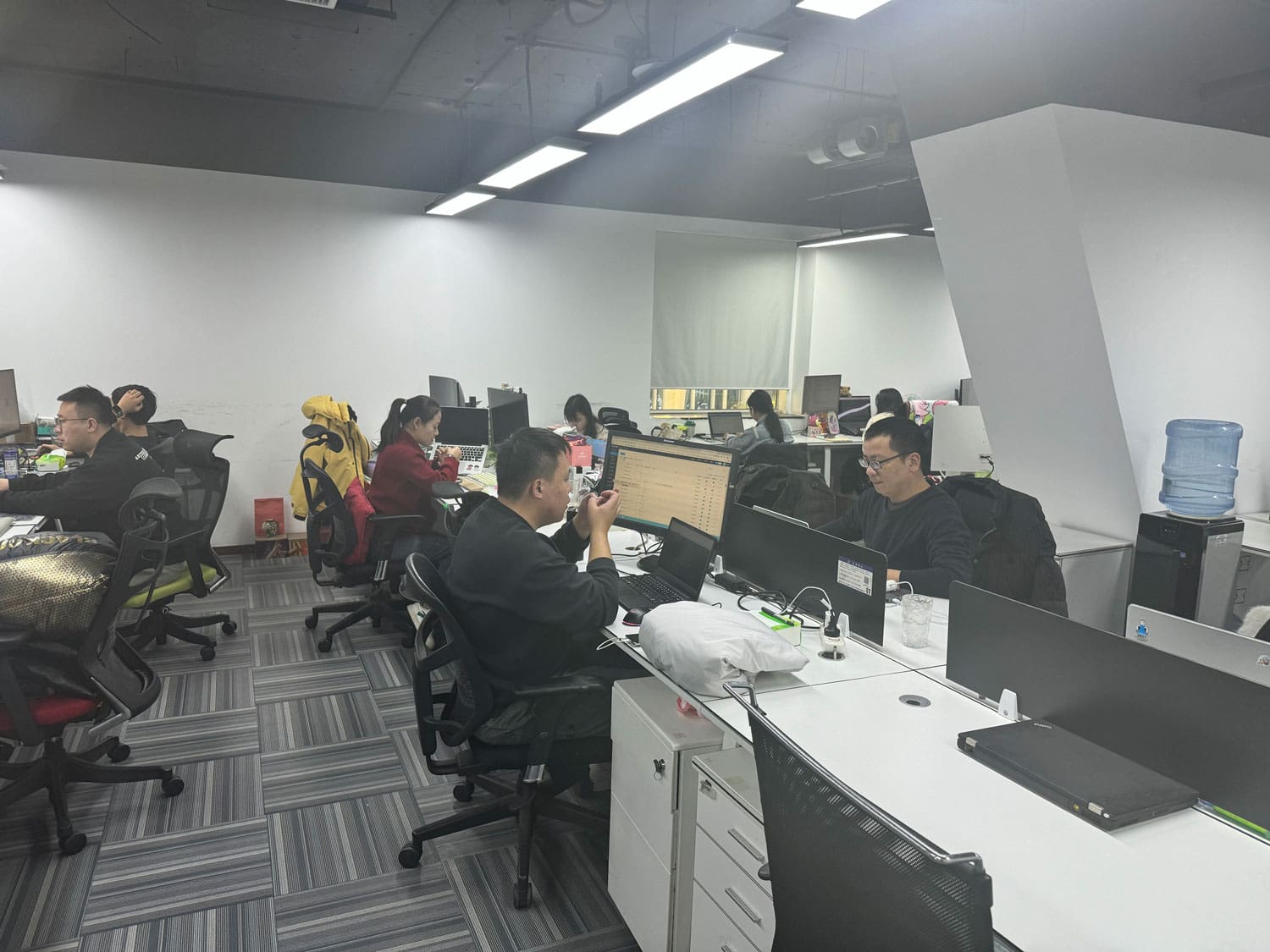Guidance for Payment System Development
In the dynamic landscape of digital transactions, the development of payment systems plays a pivotal role in ensuring seamless and secure monetary transactions. The evolution of payment methods continues to reshape the way businesses and consumers interact, emphasizing the significance of robust payment system development.
When embarking on the journey of creating a payment system, it is essential to prioritize certain aspects to guarantee efficiency, security, and user satisfaction. Here are some key guidelines for developing a successful payment system:
1. Understanding User Needs
Before diving into the technicalities of payment system development, it is crucial to understand the needs and preferences of your target users. Conduct thorough research to identify user expectations, pain points, and desired features to tailor your payment system accordingly.
2. Security Is Paramount
Security should be at the forefront of your payment system development process. Implement robust encryption protocols, multi-factor authentication, and regular security audits to safeguard sensitive financial information and build trust among users.
3. Seamless Integration
Ensure seamless integration with various payment gateways, banks, and financial institutions to offer a wide range of payment options to users. Compatibility with different devices and operating systems is essential for a user-friendly experience.
4. Scalability and Flexibility
Design your payment system with scalability in mind to accommodate future growth and increased transaction volumes. Flexibility to adapt to changing market trends and regulations is vital for long-term success.
5. User-Friendly Interface
Simplicity and ease of use should be at the core of your payment system’s interface. A clutter-free design, intuitive navigation, and clear instructions can enhance the user experience and encourage more transactions.
6. Real-Time Analytics and Reporting
Integrate real-time analytics and reporting tools into your payment system to gain valuable insights into user behavior, transaction patterns, and system performance. Data-driven decision-making can help optimize your payment process and drive business growth.
7. Regulatory Compliance
Adhere to regulatory guidelines and industry standards to ensure legal compliance and data protection. Stay updated on evolving regulations related to payment processing to avoid potential liabilities or penalties.
8. Continuous Testing and Improvement
Regular testing, feedback collection, and system updates are crucial for maintaining the performance and integrity of your payment system. Continuously seek user input to identify areas for improvement and implement necessary changes promptly.
By following these guidelines and embracing innovation, you can create a payment system that not only meets user expectations but also drives business growth and fosters trust among your audience. Stay ahead of the curve in the ever-changing payment landscape to position your business for success.

 Arabic
Arabic Dutch
Dutch French
French German
German Italian
Italian Portuguese
Portuguese Russian
Russian Spanish
Spanish












